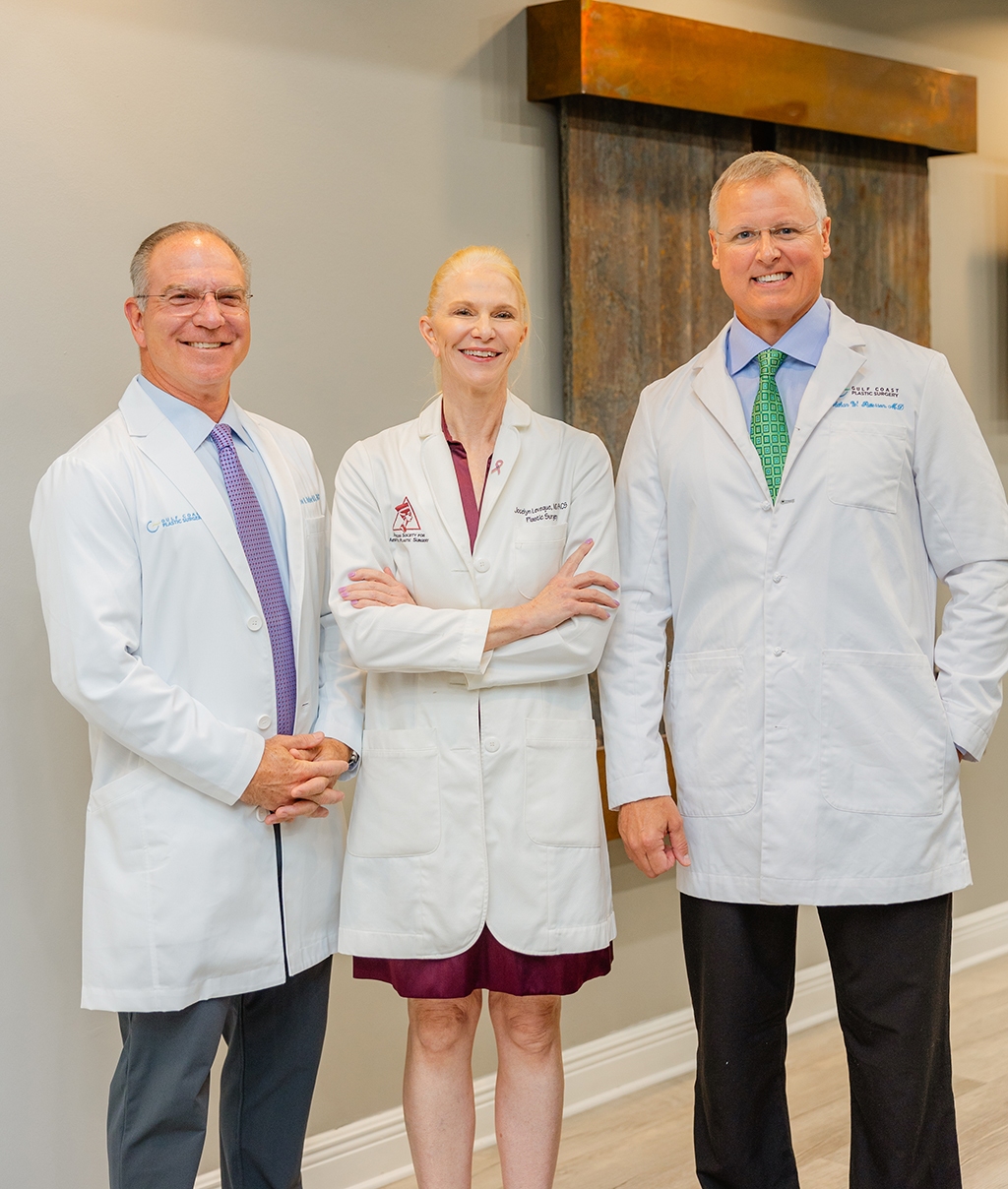Latissimus Flap Breast Reconstruction Overview
Guide To Breast Augmentation
Guide To Breast Procedures
What I Wish I Knew
Facts About Latissimus Flap Breast Reconstruction
Problem
Absent breast(s) after mastectomy
Deformed breast(s) after lumpectomy
Deformed breast(s) after radiation
Deformed breast(s) after another type of reconstruction.
Cost
Insurance covers this procedure.
Goal
To reconstruct the breast(s).
Facility
Hospital
Walking
You are encouraged to walk around the house as much as possible to help reduce the risk of DVT and thromboembolism.
Exercise
Three weeks for light exercise, four weeks for regular exercise, and about six weeks for arm exercises.
Work
2-4 weeks depending on your type of work.
Bruising
Usually subsides after 2-3 weeks.
Preparation
Patients cannot be using any nicotine-containing substances.
Anesthesia
General anesthesia
Hospital stay
2-3 days on a regular inpatient floor.
Positioning
You will need to keep pressure off your chest and side: so no sleeping on your side or stomach for ~1 month.
Assistance
You will need someone to help take care of you after surgery as you will not be able to lift children, heavy items, etc.
Showering
After 48 hours you should remove your dressings and take a shower.
Sex
Wait 3 weeks because you don’t want to stress your incisions or increase your blood pressure during the early healing period.No one except you can touch your new breast(s) for 8 weeks.
Swelling
It can persist for 3-6 months.
Risks & Complications
Partial flap loss. Fat necrosis., Hematoma, Seroma, Infection, Poor scarring, Dehiscence, Delayed wound healing, Skin necrosis, Asymmetry, Numbness, Thromboembolism, Contour irregularities, Need for revision, and complications related to anesthesia. Complications related to the breast implant.
Related Procedures
Breast Reconstruction
Oncoplastic Breast Reduction
Pedicled TRAM Flap Breast Reconstruction
Prosthetic Breast Reconstruction
Before & After Gallery
Procedures are performed by board-certified by the American Board of Plastic Surgeons, Dr. Butler, Dr. Leveque, and Dr. Patterson in Pensacola, FL.


Meet Our Team
At Gulf Coast Plastic Surgery, we understand that the selection of a plastic surgeon is an extremely important decision for any prospective patient. We believe communication, education and individualized patient care are the foundation for creating a strong and trusting patient-physician relationship. Our entire staff is absolutely committed to providing compassionate, personalized, individual attention before, during, and after surgery. We work together to deliver the best possible aesthetic outcomes in a setting that embodies the standards and lifestyle you seek.
We Accept Financing
Gulf Coast Plastic Surgery offers a variety of payment options so that your cosmetic surgery will suit your budget. All major credit cards are accepted, and financing plans are available.






